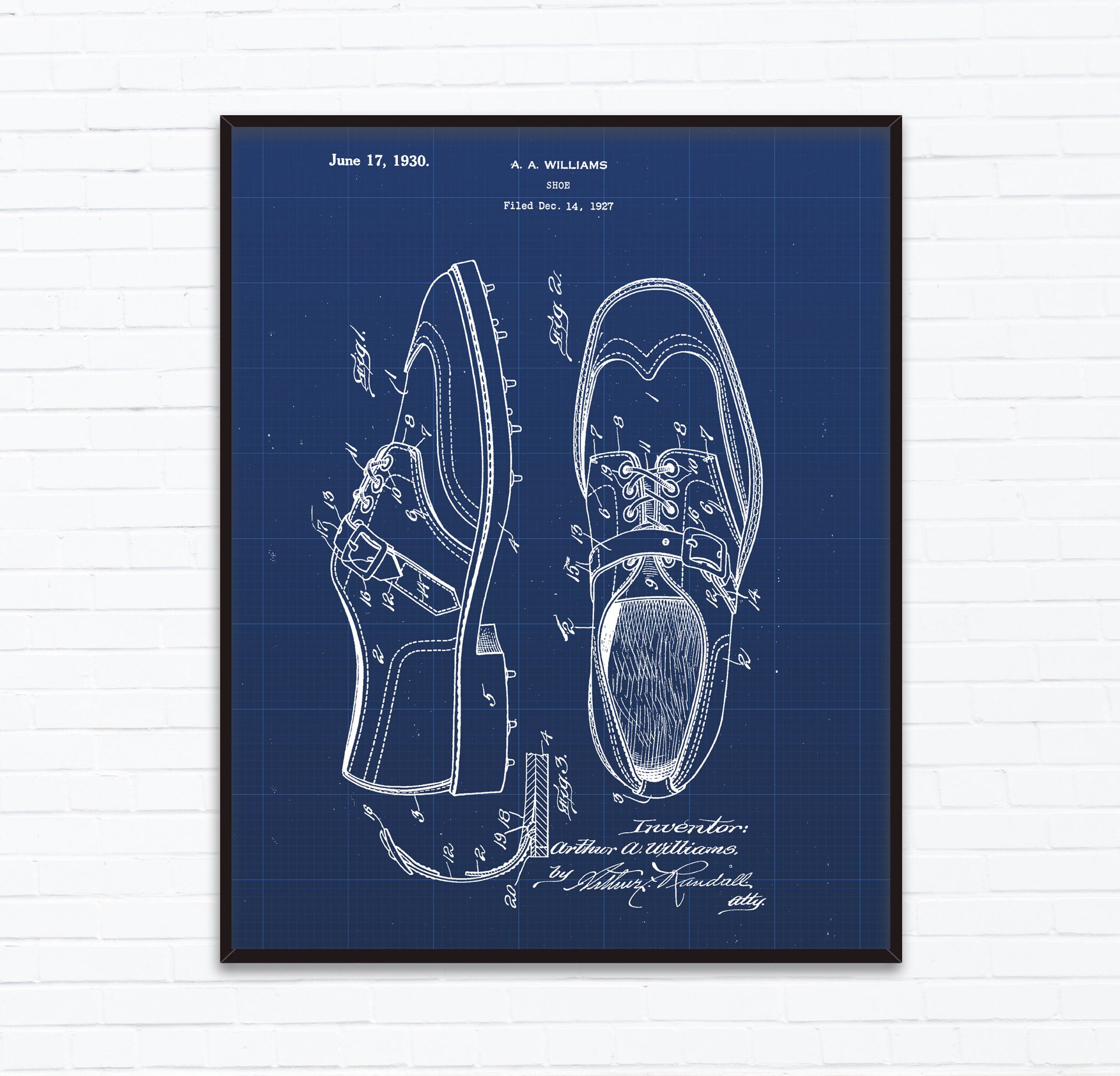In the realm of patents, in which words are the primary source for intellectual property protection, there exists a parallel world of images that play an equally important role – sketches and drawings for patents. The saying goes that “A illustration is worth 1,000 words.” A top-quality illustration for a patent can be even more valuable in this case.

The need for clarity and precision is crucial when it comes to patents. Patent applications are packed with technical jargon and lengthy descriptions of inventions. This makes difficult for the average person. Patent drawings are untold heroes. They serve as a visual link between the technical details of the invention and its logical presentation.
Imagine you’ve come up with a revolutionary device with a variety of components and you’re looking to secure the intellectual property you’ve created. It may not be possible to explain your invention in depth with a formal description. A well-crafted patent sketch could be a huge help. It’s visual representation that can be used in conjunction with the written description. It gives clear, concise and precise description of your innovation.
A talented illustrator is the source of every great patent drawing. The illustrator has the ability to bring ideas to life with artistic vision. They’re not just illustrators, but professionals that are trained to translate complex ideas into visual form.
Illustrators are essential when it comes to patents in order to ensure that inventions are correctly depicted. They must understand the technical aspects of an invention to be able to translate these into images that are understandable by lawyers or patent examiners. Illustrators can provide the most effective visual representation of any invention, whether it’s a physical device or chemical formula.
The precision of draftsmen
While illustrators bring an artistic flair to patent drawings, draftsmen bring precision and accuracy. Draftsmen are hard at work to produce drawings that comply with the exact guidelines set by the United States Patent and Trademark Office and the other patent offices around the world.
Draftsmen excel at creating technical drawings that satisfy the specifications of patent applications. They must be meticulously detailed, correctly labeled, and adhere to the standard formats prescribed by the Patent Office. Their work is not only about aesthetics. It’s about making sure that the application is compliant to all applicable regulations.
Wide Range of Services
Illustration and patent drawings include a range of options to meet the different requirements of inventors and businesses and professionals in intellectual property. These are the principal services offered in this area:
Utility Drawings They are crucial for illustrating the functional aspects of an invention, and demonstrating the way it functions and how it’s made.
Design Drawings: When it comes to protecting the aesthetic or decorative aspects of an invention drawings for design are important. Design drawings focus more on aesthetics rather than functionality.
Trademark Drawings. Illustrators are able to create trademark designs for companies that need to protect their logos and trademarks. The drawings are able to capture the essence of a brand’s personality.
Trade Dress Drawings: Like trademark drawings, these designs emphasize the distinctive visual qualities of a particular product, packaging or brand. They assist businesses to protect their unique style.
Photo Cases and More: In cases where real-world photographs are essential to demonstrate an invention concept patent drawing services usually include the integration of photographs into patent applications.
Navigating the Strict Guidelines
Patent drawings aren’t something you should do lightly. USPTO guidelines as well as those of the other patent offices should be adhered to. These guidelines govern the layout size, dimensions, and style of patent drawings, which ensure consistency and clarity across all applications.
Drawings, like those, must be in black and white with very little shading. Line thickness, numbers, and labeling standards must adhere to specific standards to ensure uniformity and comprehension. Ignoring these guidelines may lead to delays in the process of approving your patent application or even rejection.
Conclusion
In the worlds of patents, words and images are interspersed. While patents begin as written descriptions of new inventions however, they are elevated to an unimaginable degree of clarity and comprehension by the use of patent drawings and illustrations. They are the work of skilled professionals, such as draftsmen and illustrators who transform complicated ideas into visual illustrations.
Drawing and patent illustration services are essential for any company or inventor that is looking to protect its brand. The services offered cover a broad range of offerings – from trademark illustration to utility drawings – making sure that every aspect of innovation will be adequately presented.
The artistry of illustration and patent drawings isn’t just about aesthetics. It’s also about the ability to connect complex concepts and simple, concise representations, which enable effective communication within the realm of patents. In this field, where a patent can determine the distinction between success and obscurity, the significance of a well-crafted patent drawing is unquestionable.
